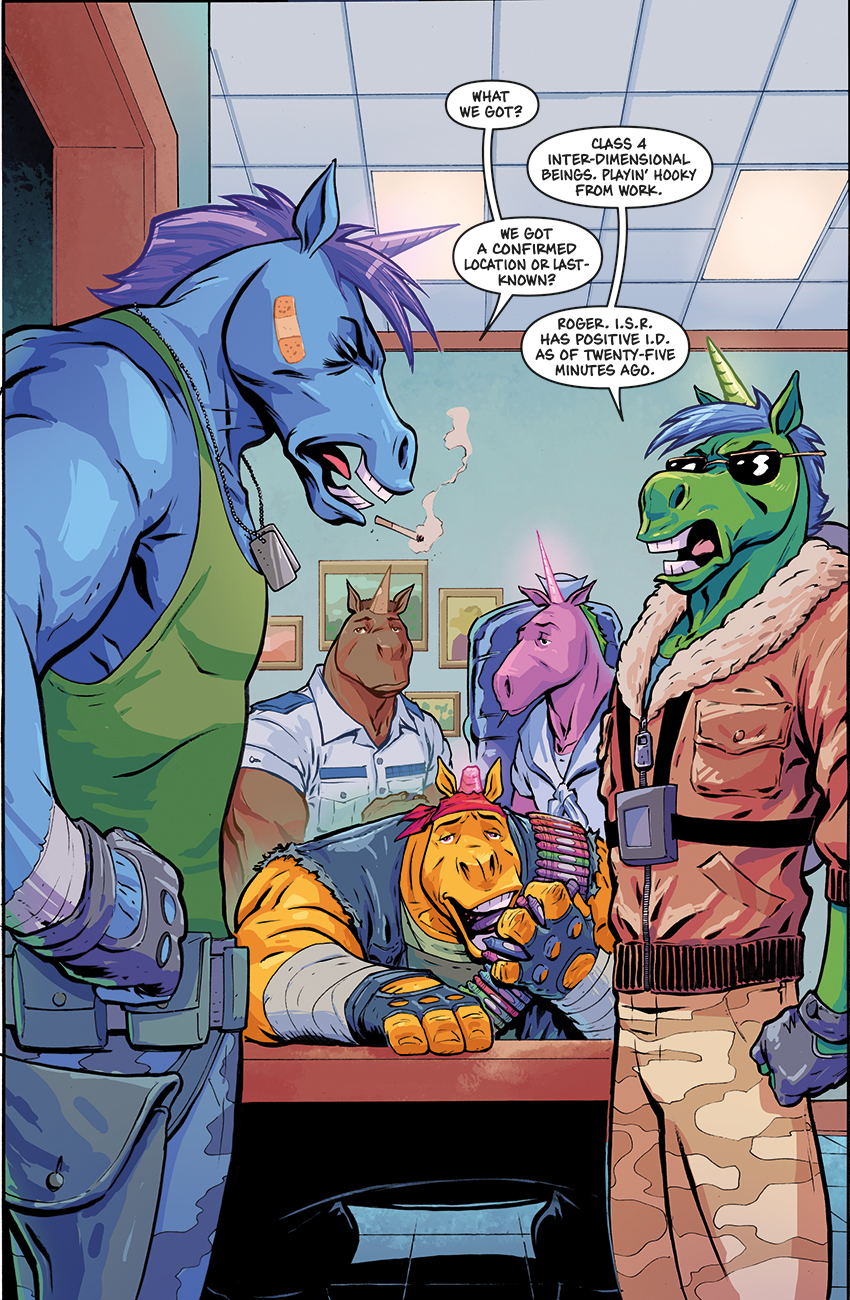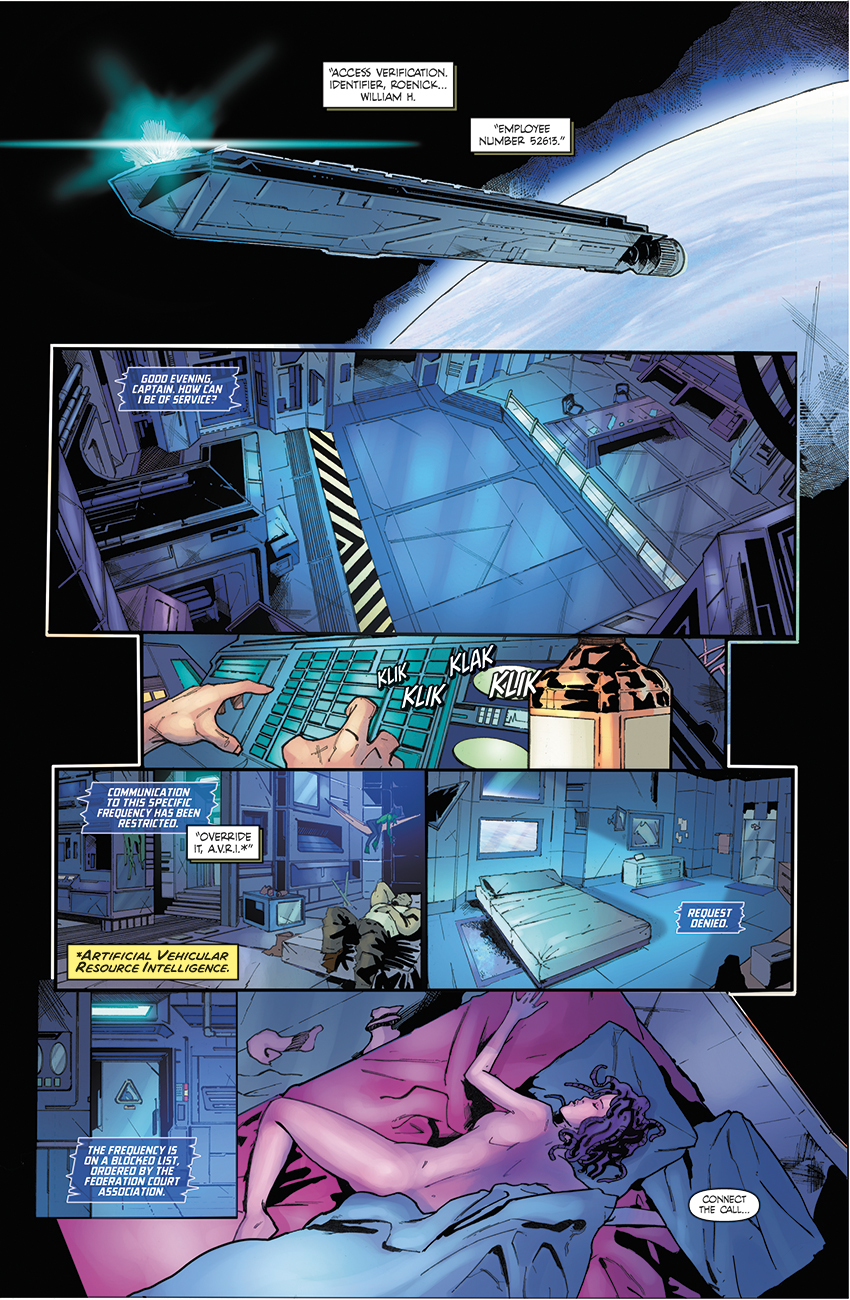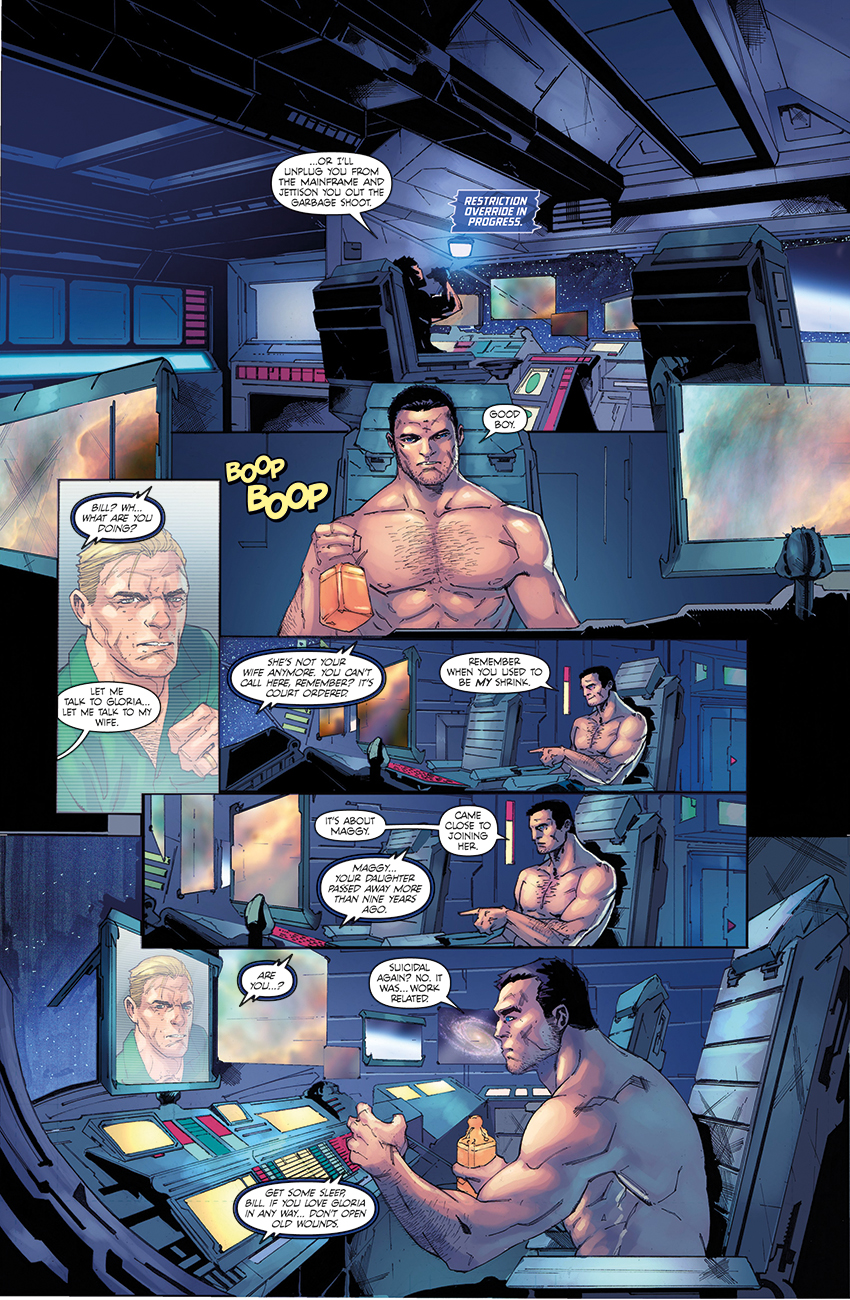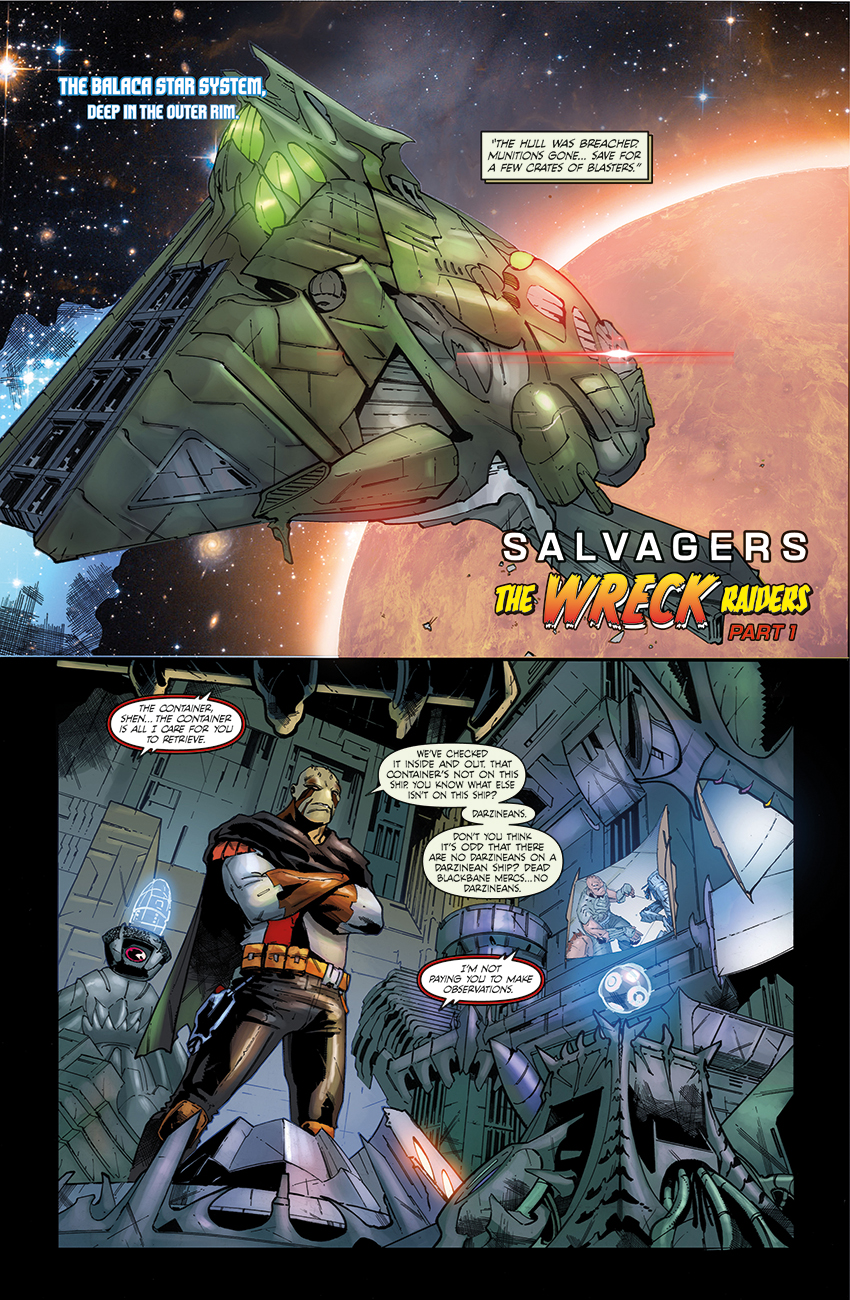So, it’s been ages since my last blog update. And with good reason – I’ve been flamin’ busy!
2016’s proven to be a pretty full year for yours truly when it comes to lettering comics. There have been times where I’ve felt like I was coming perilously close to overload, but somehow (mostly through injecting coffee straight to the brain via my eyeballs and going without sleep) I’ve managed to stay on top of it all.
A by-product of this busy schedule is that I seem to be getting a lot more work on books that are being funded through Kickstarter. And a lot of these are popping up at the same time, which gives me a great excuse to show off some of the work I’ve done on each one. It’s also a neat opportunity to show how I’ve altered my lettering design across each one to suit it. Versatility is something I’m always striving to develop as I letter more projects, and I’ve commented before about how each project teaches me something – no matter how small a detail – that helps me to benefit the next. As you might imagine, being this active gives me a a lot to add to my bank of experience, know-how and clever tricks.
Anyway! Onto the comics themselves!
(Please note that the pages featured in this update aren’t necessarily presented in sequential order – I’ve picked a few edited highlights from each one.)
1 – Asgard.
by Charles Ben Jones.




Here’s a novel one! I sometime find myself wishing I’d get to work over a greater variety of art styles. As a fan of comics, diversity in visual styles and textures appeals to me. I get bored reading comics that all look the same. So when Charles Ben Jones asked me to letter a few pages of Asgard, it came as a breath of fresh air.
As you can see, Charles is riffing on the late ’80s – early ’90s look that characterised mainstream comics of the era, with an eye on dynamism and drama. This pushed me to adjust a lettering style I had developed some time earlier, which a lot of folks are now asking me to use on their comics. I’ve tried to ape the best of that period’s hand lettering – which was already becoming less easy to find as digital lettering became the industry norm – and give it my own twist.
At the time of my putting this post together, the Asgard Kickstarter isn’t live just yet. But you can find out more about it via this Youtube video:
https://www.youtube.com/watch?v=2e4Wafdvlh0
2 – Star Bastard.
written by Andrew Clemson.
Art by Jethro Morales.



Andrew was kind enough to contact me about lettering this one after seeing examples of my work on social media. And with a title like that, how could I resist?
Star Bastard is a foul-mouthed space adventure featuring a bunch of central characters who very clealy hate each other, yet find themselves brought together by their own common indecency and, er… lack of values. Or something. If you enjoyed Guardians of the Galaxy, you’re sure to find this one taps a similar (if more abrasive) vein of humour and adventure.
The only trouble for me is that, Guardians of the Galaxy being a Marvel comic, and with Jethro’s artwork already stacking up frightentingly well with the talent pouring out of the House of Ideas, I have to bring my best ‘mainstream comics lettering’ game to the table.
Issue #1 is already available to buy. You can support the Kickstarter for Star Bastard here:
https://www.kickstarter.com/projects/844347291/starbastard-issue-1?ref=nav_search
3 – Lights, Camera, Jungle!
Written by Tom Hutchison.
Art by Jenevieve Broomhall.


I haven’t featured any work from new Big Dog Ink books on this blog in too long. It’s a good feeling to be back in the saddle working for Tom Hutchison, easily one of the most clued up creators when it comes to ensuring his books have the best production values. Since BDI’s merger with Aspen comics, I’ve been assisting him with the repackaging of older, classic books like Sharazad (which is substantially different in its Aspen published form) and Legend of Oz: the Wicked West. But, like Joan of Arc which preceeded it at the start of the year, this is all new.
One of the things I really dig about working for Tom is that he always has a clear idea of the overall character he wants his books to have. And usually, that boils down to making them fun, lively reads. Tom also knows how important lettering design is when it comes to nailing the appropriate look and feel for each book. So I’ve always got the appropriate guidance I need before getting started.
Extra added bonus on this book: I finally got to letter over BDI cover artist Jen Broomhall, whose work I’ve always enjoyed a great deal. As you can see, this book is an absolute beut!
You can find the Lights, Camera Jungle! Kickstarter here:
https://www.kickstarter.com/projects/1016186425/lightscamerajungle?ref=discovery
4 – Tales of the Extraordinary.
Written by Dale Styler.
Art by various.
Here’s a selection of isolated pages from the short stories appearing in this anthology:
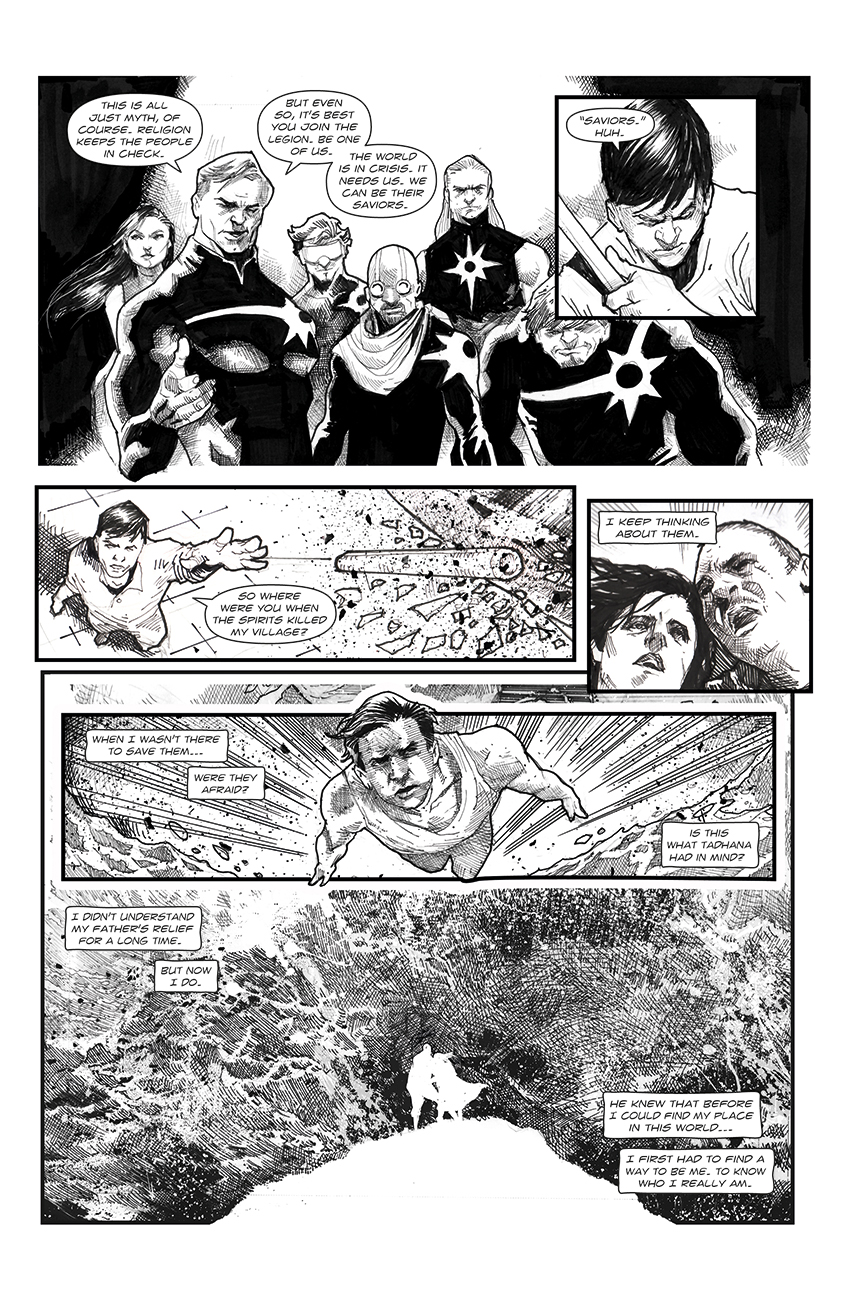
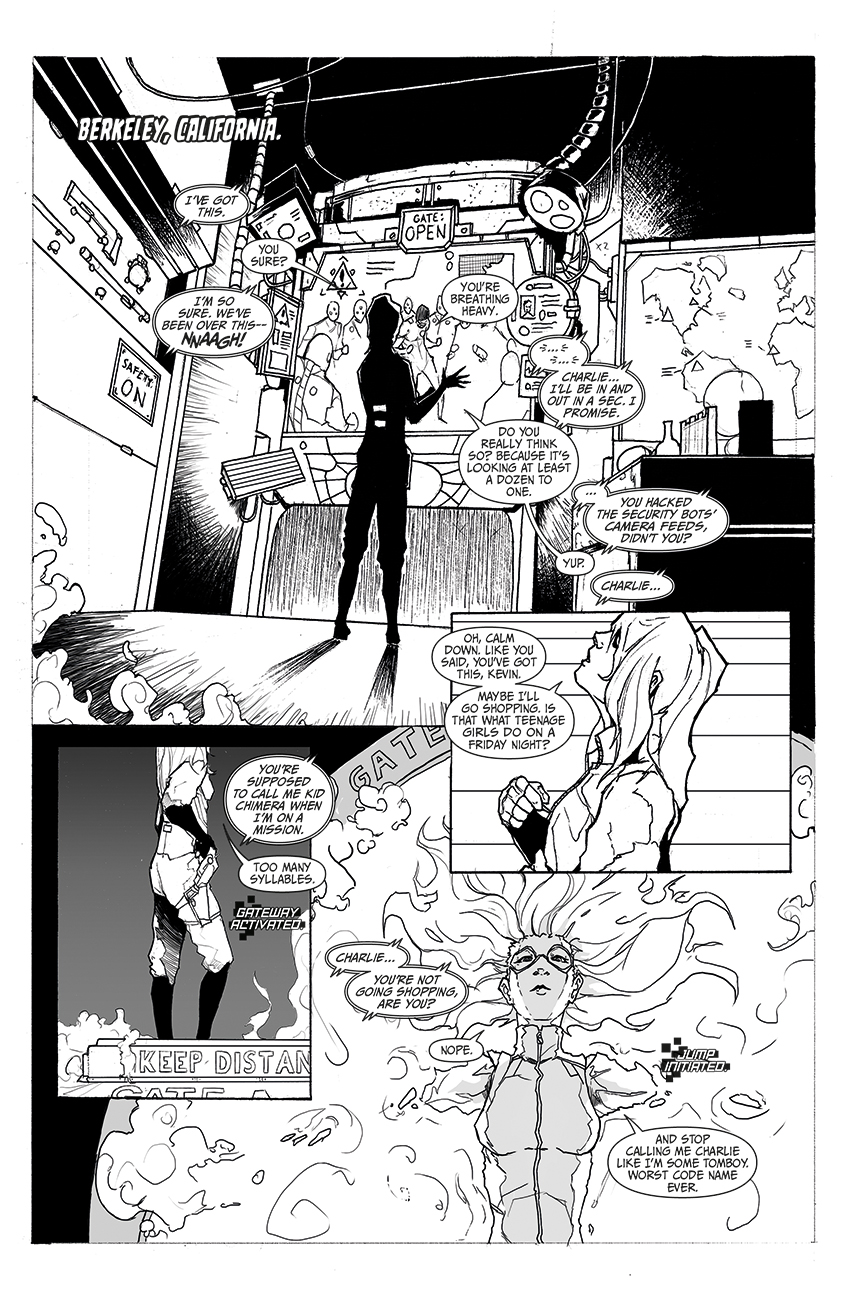
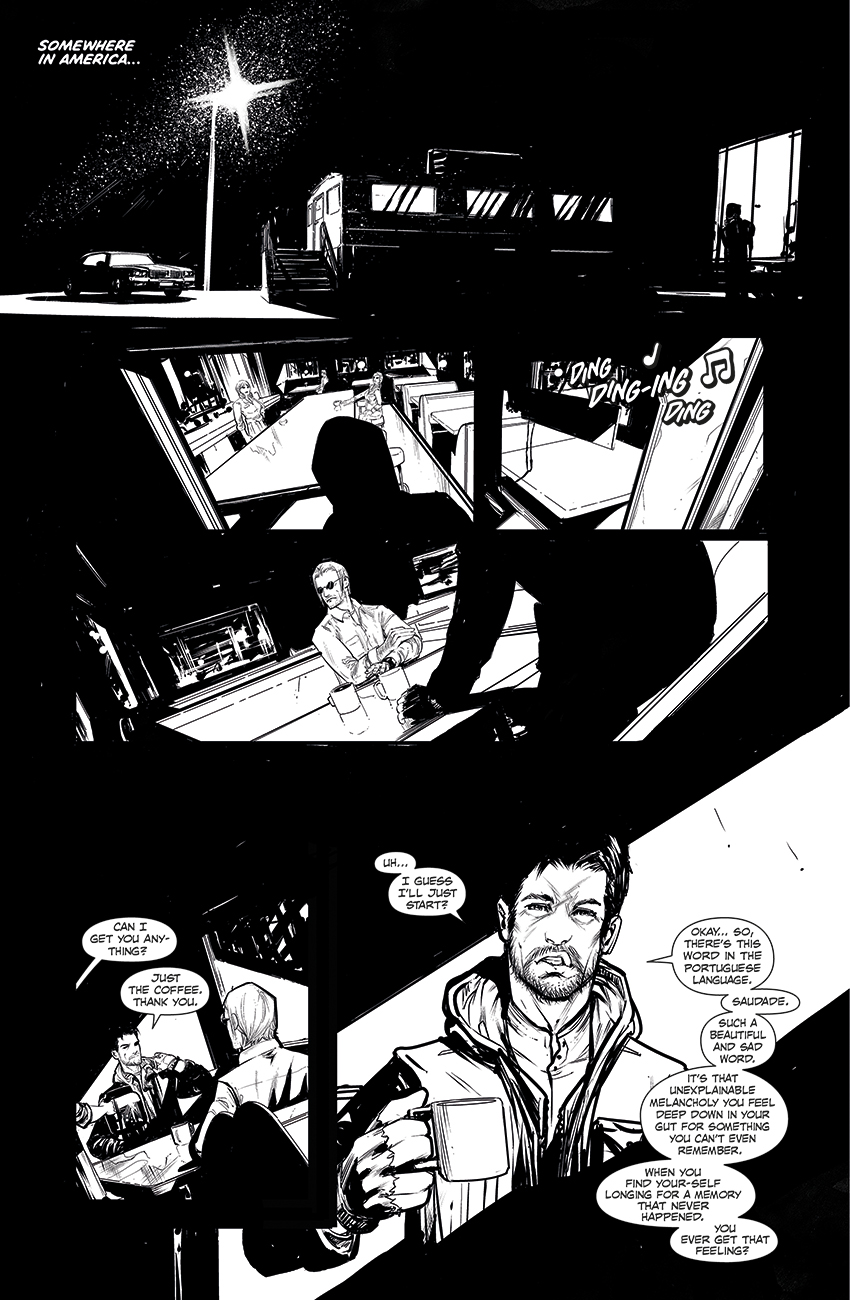

Well, here’s an interesting one. Dane Styler is an indie creator who found himself in a bit of a pinch. His anthology needed to be lettered in full on REALLY short notice, and his previous letterer was unable to complete the work, meaning he was left with an entire book and a span of just days to get it done. After answering the flashing red HdE Emergency Phone (which is totally NOT a rip off from the old ’60s Batman TV show) I agreed to take it on, did some drastic shifting around of things in my schedule and went without sleep for a few days to get it done.
Sounds like hard work, yeah? Well, yes it was. But it also gave me a chance to design lettering for several standalone stories and stand back at the end of it knowing that I’d lettered an anthology in full. I’ve been asked to handle full lettering and design for these kinds of projects several times in the past, but anthologies being what they are (if you’ve ever tried editing a group project, you’ll know what I mean) it’s never come off.
This time, though, the art and scripts were ready to go, meaning I simply had to retreive all the materials and have at them.
The anthology itself is Dane’s bold (and, I reckon, successful) attempt at establishing his own set of alternative superhero characters. The art style changes from one story to the next, which keeps things interesting not only for readers, but for the guy lettering them. I had to devise complimentary lettering styles for each one.
The Tales of the Extraordinary kickstarter campaign will be live shortly.
Anyways, that’s all for now. I’m honestly feeling a bit frazzled after lettering all these pages! I’m going to disappear for a bit and dunk my brain in a bucket of ice water. Ooooh… tingly!
Save
Save

















































